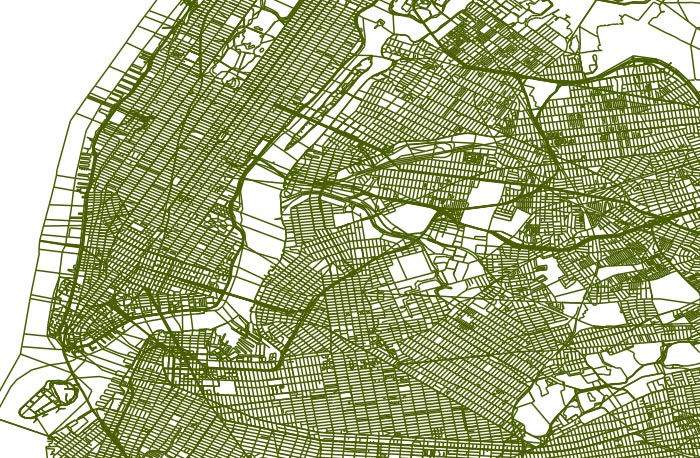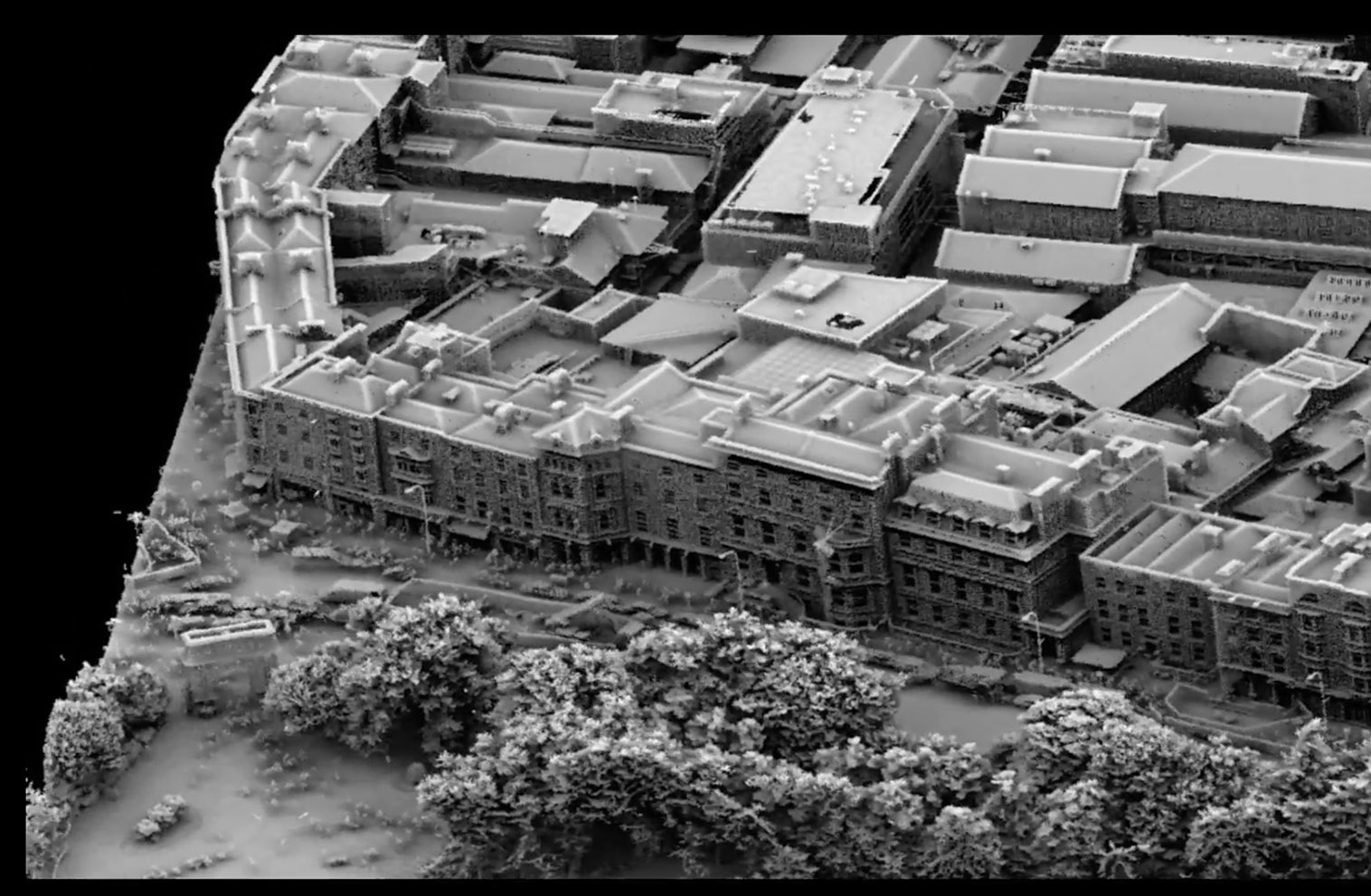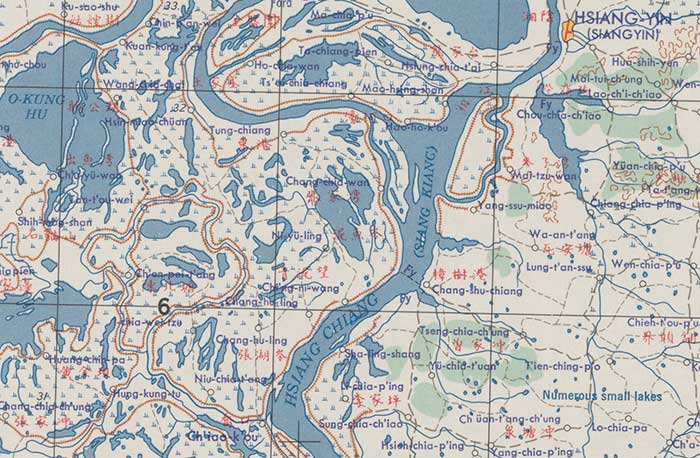View Metadata
Global GIS : Significant earthquakes (2150 B.C. until 1994 A.D.)
- Identification Information
- Data Quality Information
- Spatial Data Organization Information
- Spatial Reference Information
- Entity and Attribute Information
- Distribution Information
- Metadata Reference Information
- Identification Information
- Citation
- Originator
- Geological Survey (U.S.)
- Originator
- National Geophysical Data Center
- Originator
- National Earthquake Information Center
- Publication Date
- 1994
- Title
- Global GIS : Significant earthquakes (2150 B.C. until 1994 A.D.)
- Geospatial Data Presentation Form
- vector digital data
- Collection Title
- Global GIS : global coverage
- Publication Information
- Publication Place
- [Alexandria, VA]
- Publisher
- American Geological Institute
- Online Linkage
- https://hgl.harvard.edu/catalog/harvard-glb-quksig
- Abstract
- This shapefile includes points which represent locations of significant historical earthquakes worldwide documented from 2150 B.C. until 1994 A.D. Data included here was derived from the "Catalog of Significant Earthquakes 2150 B.C. to the present : including quantitative casualties and damage," by Paula K. Dunbar, Patricia A. Lockridge, and Lowell S. Whitewide (a National Geophysical Data Center (NGDC) publication). Post-1991 data is supplemented by the USGS/National Earthquake Information Center (NEIC). This catalog is available as an online database, with significant earthquake data kept up-to-date, on the NGDC Web site. The events were gathered from scientific and scholarly sources, regional and worldwide catalogs, and individual event reports. The list includes all events that meet at least one of the following criteria: Moderate damage (approximately $1 million or more); Ten or more deaths; Magnitude 7.5 or greater; Intensity X or greater (for events lacking magnitude)
- Purpose
- This layer is intended for researchers, students, and policy makers for reference and mapping purposes, and may be used for basic applications such as viewing, querying, and map output production. This layer will provide a basemap for layers related to geomorphology or geological analysis, statistical enumeration and analysis, or to support graphical overlays and analysis with other spatial data. More advanced user applications may focus on urban and rural land use planning and related areas including defining boundaries, managing assets and facilities, integrating attribute databases with geographic features, spatial analysis, and presentation output.
- Supplemental Information
- Caveat [from National Geophysical Data Center, Catalog of Significant Earthquakes ... Web site]. Erroneous statistical conclusions can be drawn from the numbers of earthquakes taken from Catalog of Significant Earthquakes, 2150 B.C. to the present. The reporting of large or destructive earthquakes is not homogeneous in space or time, particularly for periods prior to the 1900s. Because this publication mainly lists those earthquakes that have caused death or damage, the number of earthquake reports is dependent on the written history available for a particular region, as well as on the rate of development of population centers and related structures. Therefore, it is misleading to use the numbers of significant earthquakes in that publication to suggest statistically that there has been an increase in worldwide seismic activity since 1900 or for any time period. that "apparent" increase in activity: Instrumental seismology is a young science. The first calibrated instruments to measure seismic waves traveling through the earth did not appear until the late 1800s. At that time, seismologists became aware of the vast numbers of earthquakes occurring throughout the world, but because of the insensitivity of their instruments they were able to locate only the large magnitude events. The 1960s saw two major advances. First, a network of seismological observatories, the Worldwide Standardized Seismograph Network (WWSSN), was installed by the United States Government, principally to monitor underground nuclear tests. These sensitive instruments could detect and identify earthquakes anywhere in the world from about magnitude 4.5. Second computers became available in the late 1960s. Computers allowed seismologists to leave inaccurate and cumbersome graphical methods of locating earthquakes, and to process the increasing volume of new network data more rapidly than ever before. Prior to 1962, only hundreds of earthquake epicenters were determined each year by Government and academic institutions, but the number increased to the thousands using computerized location methods. In some special local studies, more than 100,000 earthquakes per year were identified and located. In summary, using the data in Catalog of Significant Earthquakes, 2150 B.C. to the present to suggest that there has been an increase in worldwide earthquake activity is misleading and erroneous. The above observations and reporting factors must also be considered when making statistical studies based on that historical data report.
- Temporal Extent
- Currentness Reference
- ground condition
- Time Period
- Beginning
- bc2150
- End
- 1994
- Bounding Box
- West
- -179.900000
- East
- 180.000000
- North
- 70.800000
- South
- -61.000000
- Theme Keyword
- Earthquakes
- Seismic event location
- Seismology
- Theme Keyword Thesaurus
- LCSH
- ISO Topic Category
- geoscientificInformation
- Place Keyword
- Earth
- Northern Hemisphere
- Southern Hemisphere
- Eastern Hemisphere
- Western Hemisphere
- Africa
- Asia
- Australia
- Europe
- North America
- South America
- Place Keyword Thesaurus
- LCSH
- Temporal Keyword
- Access Restrictions
- None.
- Use Restrictions
- For educational non-commercial use only. Harvard University makes no claims, no representations, and no warranties, express or implied, concerning the validity (express or implied), the reliability or the accuracy of the GIS data and GIS data products furnished, including the implied validity of any uses of such data.
- Status
- Complete
- Maintenance and Update Frequency
- None planned
- Point of Contact
- Contact Organization
- U.S. Geological Survey
- Delivery Point
- U.S. Geological Survey, MS 939
- Delivery Point
- Box 25046
- Delivery Point
- Denver Federal Center
- City
- Denver
- State
- CO
- Postal Code
- 80225-0046
- Country
- USA
- Contact Telephone
- (303) 236-5776
- Contact Facsimile Telephone
- (303) 236-8822
- Contact Electronic Mail Address
- ahlbrandt@usgs.gov
- Hours of Service
- 9 am. to 5 pm. U.S. Mountain Time Zone
- Native Data Set Environment
- Microsoft Windows 2000 Version 5.0 (Build 2195) Service Pack 4; ESRI ArcCatalog 9.0.0.535
- Collection
- Originator
- American Geological Institute
- Originator
- Geological Survey (U.S)
- Originator
- Environmental Systems Research Institute (Redlands, Calif.)
- Originator
- Hearn, Paul P.
- Publication Date
- 2003
- Title
- Global GIS : global coverage
- Geospatial Data Presentation Form
- digital data
- Series Information
- Series Name
- U.S. Geological Survey digital data series
- Issue Identification
- DDS-62A-H
- Publication Information
- Publication Place
- [Alexandria, VA]
- Publisher
- American Geological Institute
- Other Citation Details
- 1 DVD-ROM; Developed by the U.S. Geological Survey; Published by the American Geological Institute; by P. Hearn ... [et al.].
- Data Quality Information
- Attribute Accuracy Report
- Unknown
- Logical Consistency Report
- Unknown
- Completeness Report
- Unknown
- Horizontal Positional Accuracy Report
- Unknown
- Lineage
- Source
- Originator
- Dunbar, Paula K.
- Originator
- Lockridge, Patricia A.
- Originator
- Whiteside, Lowell S.
- Originator
- World Data Center A for Solid Earth Geophysics.
- Publication Date
- 199209
- Title
- Catalog of significant earthquakes, 2150 B.C.-1991 A.D. : including quantitative casualties and damage.
- Geospatial Data Presentation Form
- document
- Series Information
- Series Name
- Report SE
- Issue Identification
- 49
- Publication Information
- Publication Place
- Boulder, Colo.
- Publisher
- U.S. Dept. of Commerce, National Oceanic and Atmospheric Administration, Environmental Data and Information Service, National Geophysical Data Center
- Type of Source Media
- paper
- Source Temporal Extent
- Time Period Information
- Range of Dates/Times
- Beginning Date
- bc2150
- Ending Date
- 1991
- Source Currentness Reference
- ground condition
- Contribution
- Catalog from which data was derived
- Source
- Originator
- Dunbar, Paula K.
- Originator
- Lockridge, Patricia A.
- Originator
- Whiteside, Lowell S.
- Originator
- Geological Survey (U.S.)
- Originator
- National Geophysical Data Center
- Originator
- National Earthquake Information Center
- Publication Date
- Unknown
- Title
- Catalog of significant earthquakes 2150 B.C. to the present : including quantitative casualties and damage.
- Geospatial Data Presentation Form
- digital data
- Series Information
- Series Name
- Report
- Issue Identification
- SE-49
- Publication Information
- Publication Place
- National Geophysical Data Center
- Publisher
- Boulder, CO
- Online Linkage
- http://www.ngdc.noaa.gov/seg/hazard/sig_srch_idb.shtml
- Type of Source Media
- online
- Source Temporal Extent
- Time Period Information
- Range of Dates/Times
- Beginning Date
- bc2150
- Ending Date
- Present
- Source Currentness Reference
- ground condition
- Contribution
- Catalog from which data was derived
- Spatial Data Organization Information
- Direct Spatial Reference Method
- Vector
- Point and Vector Object Information
- SDTS Terms Description
- SDTS Point and Vector Object Type
- Entity point
- Point and Vector Object Count
- 2063
- Spatial Reference Information
- Horizontal Coordinate System Definition
- Geographic
- Latitude Resolution
- 0.000001
- Longitude Resolution
- 0.000001
- Geographic Coordinate Units
- Decimal degrees
- Geodetic Model
- Horizontal Datum Name
- North American Datum of 1927
- Ellipsoid Name
- Clarke 1866
- Semi-major Axis
- 6378206.400000
- Denominator of Flattening Ratio
- 294.978698
- Vertical Coordinate System Definition
- Altitude System Definition
- Altitude Datum Name
- Unknown
- Altitude Resolution
- 1.000000
- Altitude Distance Units
- Unknown
- Altitude Encoding Method
- Explicit elevation coordinate included with horizontal coordinates
- Entity and Attribute Information
- Entity Type
- Entity Type Label
- Significant Earthquakes
- Entity Type Definition
- Points represent locations of significant recorded earthquakes
- Entity Type Definition Source
- USGS/NGDC
- Attributes
- MONTH
- Month of earthquake occurence
- Definition Source
- USGS
- DAY
- Day of earthquake occurence
- Definition Source
- USGS
- TIME_HHMMS
- Time (in Hours, Minutes, Seconds) of earthquake occurence
- Definition Source
- USGS
- LATITUDE
- An earthquake begins to rupture at a hypocenter which is defined by a position on the surface of the earth (epicenter) and a depth below this point (focal depth). The latitude is the number of degrees north (N) or south (S) of the equator and varies from 0 at the equator to 90 at the poles.
- Definition Source
- USGS
- LONGITUDE
- An earthquake begins to rupture at a hypocenter which is defined by a position on the surface of the earth (epicenter) and a depth below this point (focal depth). The longitude is the number of degrees east (E) or west (W) of the prime meridian which runs through Greenwich, England. The longitude varies from 0 at Greenwich to 180 and the E or W shows the direction from Greenwich.
- Definition Source
- USGS
- MAGNITUDE
- Earthquake magnitude is a logarithmic measure of earthquake size. In simple terms, this means that at the same distance from the earthquake, the shaking will be 10 times as large during a magnitude 5 earthquake as during a magnitude 4 earthquake. The total amount of energy released by the earthquake, however, goes up by a factor of 32.
- Definition Source
- USGS
- DEPTH
- Focal Depth: the depth below the point on the earth's surface (epicenter) where earthquake rupture begins
- Definition Source
- USGS
- YEAR
- Year of earthquake
- Definition Source
- USGS
- SHAPE
- Feature geometry. (Coordinates defining the features.)
- Definition Source
- ESRI
- SHAPE.FID
- Internal feature number. (Sequential unique whole numbers that are automatically generated.)
- Definition Source
- ESRI
- Distribution Information
- Format Name
- Shape
- Distributor
- Harvard Geospatial Library
- Online Access
- http://hgl.harvard.edu/
- Name
- Metadata Reference Information
- Metadata Date
- 20060117
- Metadata Contact
- Contact Information
- Contact Organization Primary
- Contact Organization
- Harvard Geospatial Library
- Contact Position
- Geospatial Resources Cataloger
- Contact Address
- Address
- Harvard University Library
- Address
- Office For Information Systems
- Address
- 1280 Massachusetts Avenue
- City
- Cambridge
- State or Province
- MA
- Postal Code
- 02138
- Country
- USA
- Contact Voice Telephone
- 617-495-2417
- Contact Facsimile Telephone
- 617-496-0440
- Contact Electronic Mail Address
- hgl_ref@hulmail.harvard.edu
- Hours of Service
- Monday - Friday, 9:00 am - 4:00 pm EST-USA
- Metadata Standard Name
- FGDC Content Standards for Digital Geospatial Metadata
- Metadata Standard Version
- FGDC-STD-001-1998
- Metadata Extensions
- Online Linkage
- http://www.esri.com/metadata/esriprof80.html
- Profile Name
- ESRI Metadata Profile


